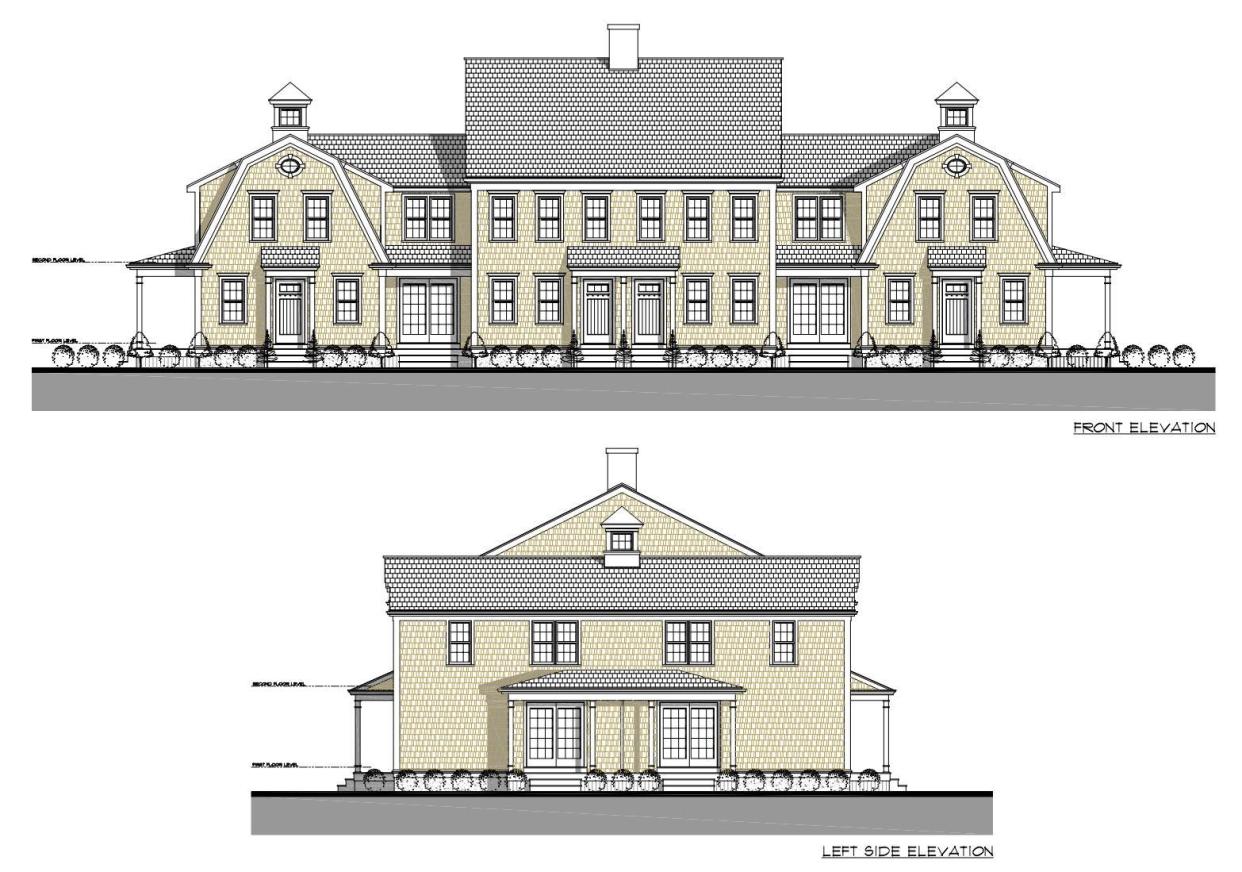Development brouhaha. 'This is not about affordable housing. This is about the water.'

MARSHFIELD − No matter what has been proposed for an undeveloped 10-acre property off Ferry Street in Marshfield, it seems to always come back to one key issue: water.
For several years, landowner and developer Peter Armstrong has tried to get the town’s permission to remove hundreds of thousands of cubic yards of gravel and sand from the property, which he bought for $175,000 in 2005. He intended to then sell the gravel and sand.
But the property is above an aquifer, upgradient from a well and within the Water Resources Protection District, and some residents are concerned that any development would irreversibly harm the water quality not only for Marshfield, but the communities it provides water to.
Now a different developer wants to build 56 apartments on the property, including 14 that would be below market rate. The sale of the land to Pembroke-based homebuilder Sealund Corp. is pending the project’s approval.
Sealund proposes removing 150,000 cubic yards of gravel and sand from the property, about two-thirds less than what Armstrong had requested.
A group of residents called Stop the Big Dig has two chief water-quality worries about the proposal.
The first is that if earth is removed from the property, there would be less distance and material between the surface and the aquifer, creating a greater opportunity for contamination. The second is the eight underground septic tanks that they fear could threaten the aquifer.
Maureen Purcell, who lives about half a mile from the property and got involved with the group in January, said the town provides water not only to its community, but also parts of Pembroke, Duxbury and Humarock in Scituate.
“It’s bigger than this little area,” Purcell said. “We’re concerned for future generations.”
The project is being proposed as a Chapter 40B development. The 1969 state law is intended to boost affordable-housing stock by allowing developers to bypass certain local density controls if at least 25% of the housing units are priced below market rate and the city or town's affordable-housing stock is less than 10%. As of June 2023, Marshfield’s housing stock was 7.75% affordable.
The group isn’t against affordable housing, Purcell emphasized.
“This is not about affordable housing. This is about the water,” Purcell said.
Residents in the past said they would support the project without any moving of the gravel.
“The ideal situation is there’s no building over our water,” Purcell said. “I think disturbing the land, no matter how you put it, is not OK.”
Soccer fields, apartments rejected
Initially, Armstrong planned to build a six-bedroom home on a portion of the property. When that fell through, he planned to build soccer fields, a project that was ultimately rejected, then apartment buildings. The previous landowners were denied a similar earth-moving permit in 1984.
But in 2017, the town’s zoning board approved a 40-unit affordable-housing project at the property. Armstrong had proposed removing 425,000 cubic yards of gravel, but reduced it to 355,000 cubic yards for a greater buffer between the surface and the aquifer. Back then, Armstrong said the gravel removal was needed to finance the project, according to Patriot Ledger archives.
Some residents at the time said they supported the project without the gravel removal.
“If they could build it without the sand and gravel removal, I'd go help him,” resident Jaqueline Little said during a March 2017 zoning meeting, according to Ledger archives.
Armstrong did not accept the conditions of the approval limiting gravel removal and appealed to the state’s Housing Appeals Committee. The appeal sat at the committee until last October, when the appeal was sent back to the zoning board. It was at that point that Sealund entered into a contract with Armstrong to buy the project, according to attorney Walter Sullivan, the representative for Sealund Corp.
This revised project would include 56 units, 14 of them affordable, across eight buildings. There would also be a dog park and a playground. Construction would be done by Champion Builders, which built a similar-looking project at Turtle Pine Village Condominiums in Kingston. The entrance to the complex would run over a bridle path where residents ride horses and bikes.
Each building would have its own septic tank that would be independent of the others and monitored, Kevin Sealund said.
The developer is considering one of two new types of denitrification septic systems, said Ed Pesce, the consulting engineer for the zoning board, during a meeting last month. One is still in a pilot test program and the other has been approved by the state Department of Environmental Protection. But Pesce noted the town would set a condition of approval that the wastewater system be reviewed and approved before construction begins.
More: Flashing lights installed at Bridle Path and Rail Trail crossings in Marshfield
Other residents have expressed additional concerns about the project, including the entrance that would go over the bridle path, Eastern box turtle habitat loss and the lack of sidewalks in the area.
Despite the new proposal being an improvement over previous iterations, as Town Planner Greg Guimond noted to zoning board members in December, residents still feel the development would harm the aquifer.
Residents’ questions about the project will be answered at the Feb. 13 zoning meeting, which is scheduled for 6:30 p.m. in the select board chambers at 870 Moraine St.
Hannah Morse covers growth and development for The Patriot Ledger. Contact her at hmorse@patriotledger.com.
This article originally appeared on The Patriot Ledger: Ferry Street development fight in in Marshfield over water and gravel

